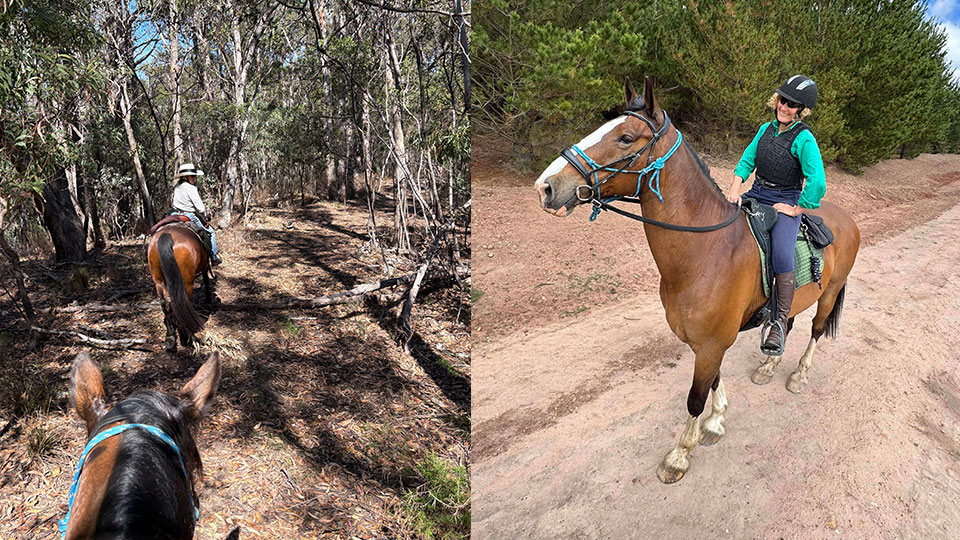
Thinking about the leadership team that you are on… Are you seen as a team? Or just a group of senior leaders?
This is an important question at any time. Even more so now when many leadership teams are working remotely and clear leadership is needed for confidence and organisational survival.
Here are 7 indicators that you are seen as a leadership team:
- Shared team purpose. Your team has discussed and agreed on the purpose of this team (distinct from the organisational purpose). This clarity allows priorities to be set and confident decisions to be made.
- Cabinet solidarity. You have robust and constructive conversations over critical issues behind closed doors. Outside the boardroom, decisions are honored, spoken about and implemented as a ‘team decision’.
- Have each other’s back. You are eyes and ears for one another across the organisation. Team members promote the ‘brand’ of the leadership team before their own.
- Disagreements are surfaced and addressed. You don’t push conflict team underground. Instead disagreements are surfaced and resolved in ways that build relationships, rather than bruise them.
- You think about this leadership as your ‘first team’, and prioritise relationships accordingly. This is the team you come to for support – your ‘home base’. Your direct reports are your ‘operational team’.
- Clear and consistent communication. The messages from every member of the senior leadership team are aligned.
- The team models organisational values. Staff take their cues (in a positive way!) on how to behave by watching the senior leadership team. You hold each other accountable for setting a standard that others aspire to.
Answered less than seven? Great – now you know what to work on.
Answered ‘yes’ to seven out of seven? Really? Either…. Congratulations – that’s unusual…. Or maybe you are misguided… It’s hard to make an accurate diagnosis from within the team.
Not sure? Ask people two levels below you in the organisational hierarchy how they see the executive ‘team’. Seek examples (with curiousity and not judgement) to help understand the points of view you are given.
Is your team-ness strong enough to bridge the additional challenges and physical distance triggered by COVID-19, so that you can provide confident leadership to the whole organisation?
STAY IN THE LOOP





